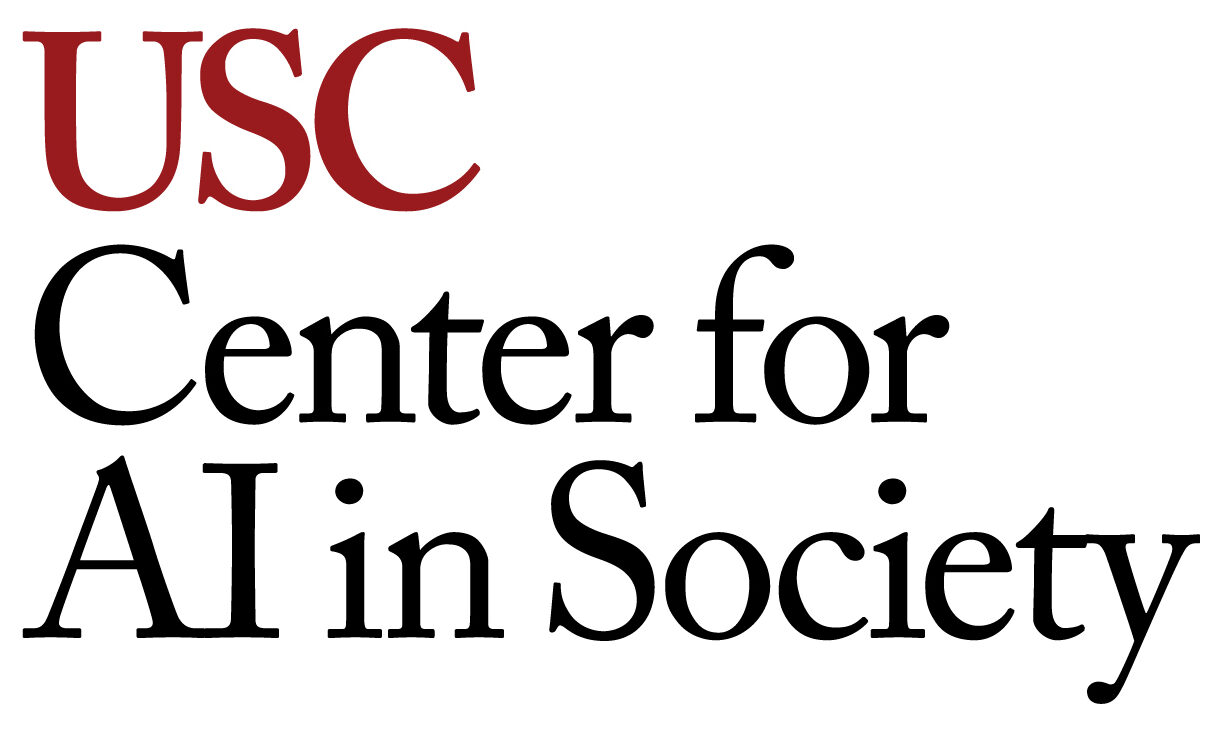Using a fair coverage algorithm to effectively select gatekeepers for suicide prevention training among college students
Rates of suicidal ideation, suicide plans, and suicide attempts are highest among 18-25 year olds in the U.S. (1). About one-quarter of college students thought about suicide in the past year, and 9% reported making an attempt (2). Gatekeeper training is an evidence-based suicide prevention program which trains individuals to monitor their social networks (e.g., friends, family, peers, soldiers, caregivers) for warning signs of suicides and to then recommend help for persons in need (3). In current implementation, gatekeeper interventions often do not use the available social network structure data or rely upon self-selection, potentially limiting the opportunity to identify gatekeepers who could yield as much coverage as possible (4-5).
Goals
Our project is using an in-person social network based approach with the aid of a coverage algorithm to improve the effectiveness and reach of gatekeeper interventions in real world social networks of college students. The selection of gatekeepers must consider the uncertainty of the availability of potential candidates (e.g., schedule, interest, etc.), along with the best potential gatekeepers based on network connection.
When tested on real social network instances, existing algorithms yield unfair solutions, such as the marginalization of racial minorities. As a result, we are investigating a novel solution methodology that incorporates fairness constraints while efficiently solving for near-optimal solutions when selecting gatekeeper candidates.
Methods
We are aiming to utilize our algorithm for selecting gatekeepers in a pilot study at a university. Gatekeepers will then be trained by university staff and connected with appropriate resources (e.g., campus student health center). The algorithm itself is a robust graph covering problem with fairness constraints. Formally, given a network consisting of nodes, each of which belongs to a group, we consider the problem of selecting a subset of I nodes (monitors), when at most J of them may fail. When a node is chosen as a monitor and does not fail, all of its neighbors are said to be “covered”; we use the term “coverage” to refer to the total number of covered nodes. Our objective is to maximize the worst-case coverage when any J nodes may fail, while ensuring fairness in coverage across groups.
If you or someone you know are in crisis, please call the free National Suicide Prevention Lifeline at 1-800-273-TALK (8255) or chat with someone at https://suicidepreventionlifeline.org/chat. Call and chat are available 24 hours a day, 7 days a week. More info here: http://www.suicidepreventionlifeline.org
Aida Rahmattalabi
Please contact us about being a sponsor or funder for this project
ContactUSC Viterbi School of Engineering, December 12, 2019, Can artificial intelligence help prevent suicides?
Viterbi Magazine, Fall 2018, Coping with AI Anxiety
- Substance Abuse and Mental Health Services Administration. (2018). Key substance use and mental health indicators in the United States: Results from the 2017 National Survey on Drug Use and Health (HHS Publication No. SMA 18-5068, NSDUH Series H-53). Rockville, MD: Center for Behavioral Health Statistics and Quality, Substance Abuse and Mental Health Services Administration. Retrieved from https://www.samhsa.gov/data/
- Liu, C. H., Stevens, C., Wong, S. H., Yasui, M., & Chen, J. A. (2019). The prevalence and predictors of mental health diagnoses and suicide among US college students: Implications for addressing disparities in service use. Depression and anxiety, 36(1), 8-17.
- Suicide Prevention Resource Center. (2013). Comparison Table of Suicide Prevention Gatekeeper Training Programs. Retrieved from https://www.sprc.org/resources-programs/qpr-gatekeeper-training-suicide-preventionhttp://www.sprc.org/sites/default/files/migrate/library/SPRC_Gatekeeper_matrix_Jul2013update.pdf
- Tompkins, T. L., & Witt, J. (2009). The short-term effectiveness of a suicide prevention gatekeeper training program in a college setting with residence life advisers. The journal of primary prevention, 30(2), 131-149.
- Indelicato, N. A., Mirsu-Paun, A., & Griffin, W. D. (2011). Outcomes of a suicide prevention gatekeeper training on a university campus. Journal of College Student Development, 52(3), 350-361.




